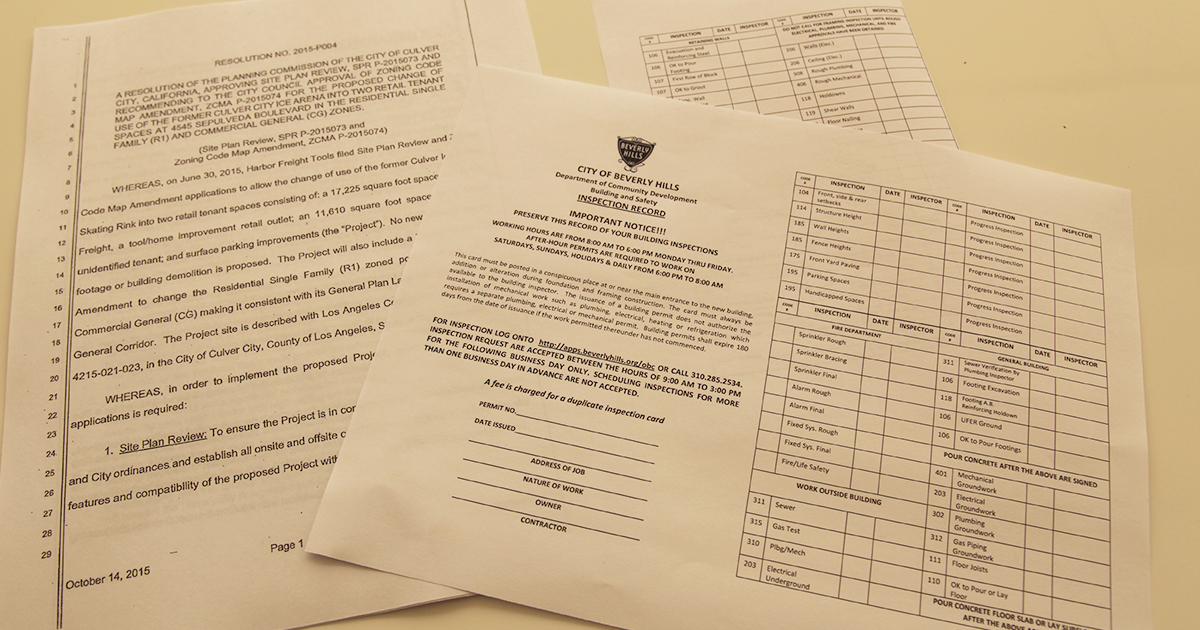Permits vs. Entitlements

What is the Permit Process?
The permit process differs from the planning/entitlement process on many levels. There are several different types of building permits such as mechanical, electrical, plumbing, and racking permits. To obtain a building permit, an applicant must apply with the jurisdiction having authority over the parcel of land. The jurisdiction looks at building codes to ensure that the permit applicant is meeting all requirements. This process is typically more straightforward with little room to deviate from the set of standards imposed by a jurisdiction and its codes. For example, when a restaurant owner needs to install a new HVAC system, the applicant will go through the permitting process to ensure that the system is installed safely and adheres to jurisdiction codes.
What is the Entitlement Process?
On the other hand, entitlements are generally more complicated and open to interpretation. The entitlement process focuses on the structure’s intended use, conformity to an overall city plan, and design/look of the proposed structure. Entitlements are issued when an entity obtains approval to develop a building for a specific use. It often involves informing neighborhoods, communities, and the overall public through public hearings, city council meetings, and various other city meetings.
Examples of entitlements are listed below…
- Ground-Up Build –Ground up is an industry term for a construction project where a new building will be erected onto land where no building existed before or where a building is going to be demolished for a new building to be built in its place. Anytime a ground up construction project is planned, it must undergo the entitlement process.
- Change of Use – The term Change of Use refers to the act of changing a building space’s original intended use or the zoning code that governs that parcel of land. For example, a building that was originally created to hold a library would require a change of use permit to later be adapted into a restaurant. Change of Use permits, once approved, will also require a new certificate of occupancy for the space. This change of use permit and certificate of occupancy will stay with the property for the life of the parcel. Should another change of use or any other construction take place these documents will provide a history and precedence for the city to use.
- Adding New Facade to an Existing Building – When a person wants to change the façade/exterior side of a building, he or she will often attend planning meetings and design reviews to make sure that the new exterior complies with the city’s general plan and/or any additional municipal codes imposed through city planning. Making major changes to the façade of a building requires an applicant to go through the application process.
